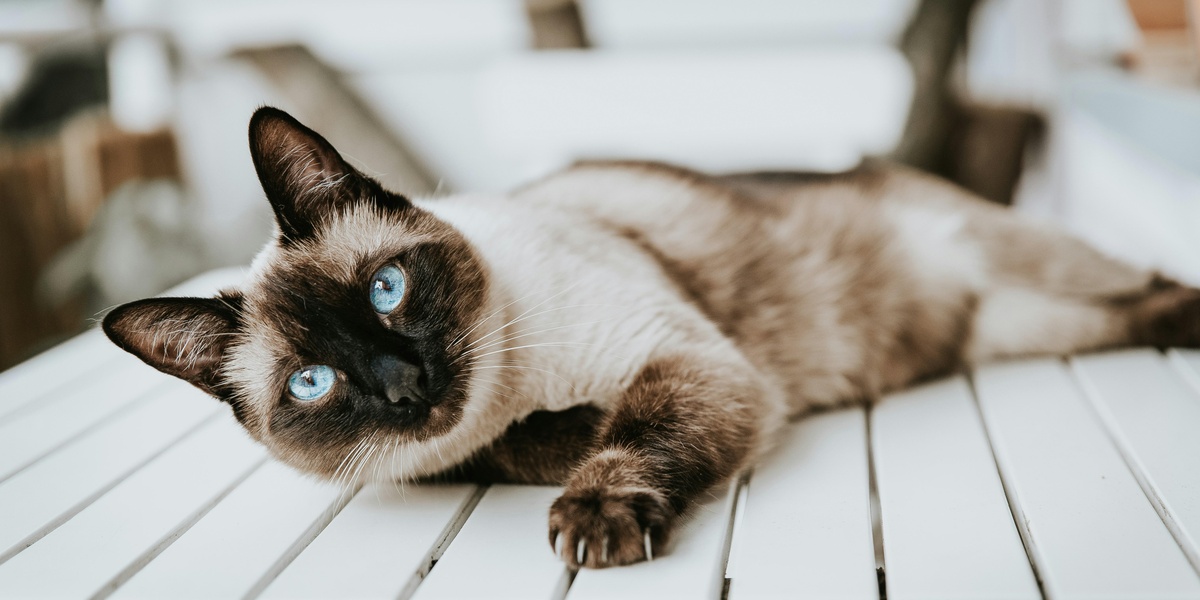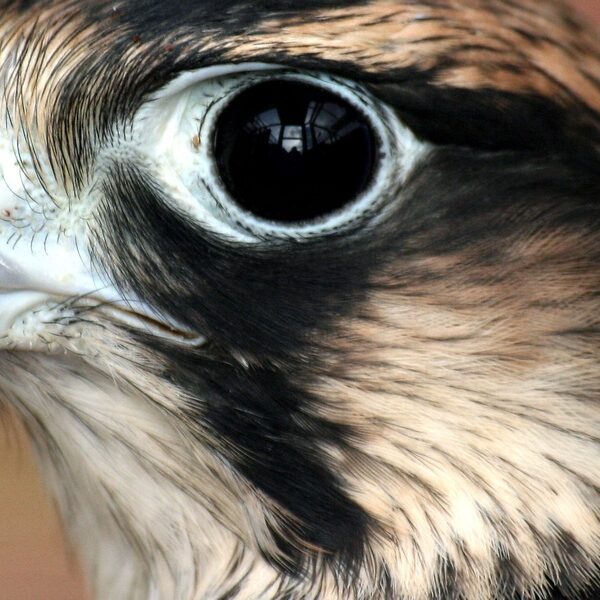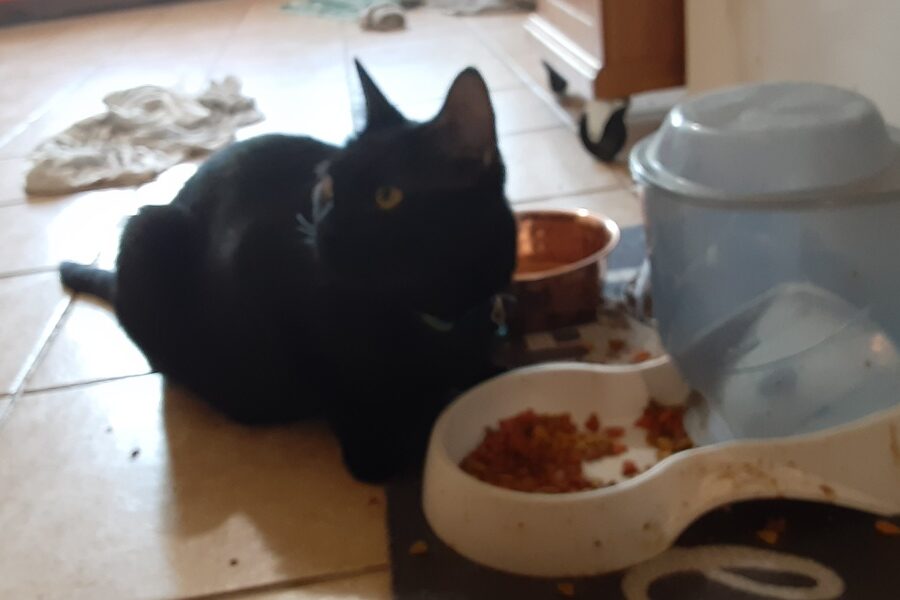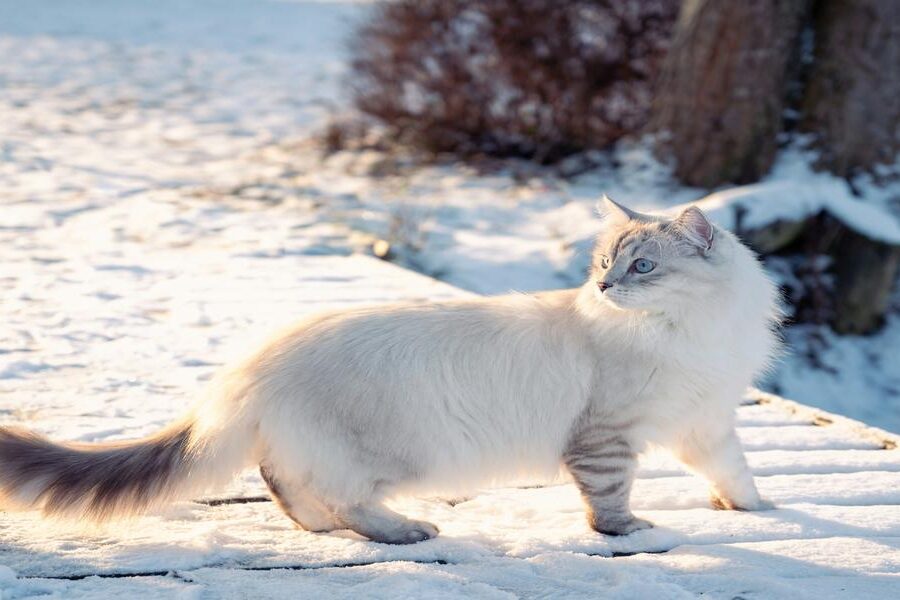Whether you’re picking a new family companion in a busy city or adding a steady mouser on a rural property, health and longevity matter. Choosing a breed with fewer inherited problems can mean fewer vet trips and more reliable companionship over the years.
There are 18 healthy cat breeds, ranging from American Shorthair to Turkish Van. For each breed I list Scientific name, Lifespan (yrs), and Common health issues — full details you’ll find below.
How do I pick a healthy cat breed that fits my home and lifestyle?
Look at typical lifespan and common health issues alongside temperament and activity level: a low-maintenance, long-lived breed suits apartment life, while an active, social breed prefers a home with space and interaction. Consider adopting from reputable rescues or breeders who provide health clearances and meet the cat’s social needs.
Are mixed-breed cats generally healthier than purebreds?
Mixed-breed cats often benefit from greater genetic diversity, which can lower the risk of some inherited conditions, but individual health varies. Evaluate each cat’s medical history, breeder’s screening if available, and routine care needs rather than assuming breed alone determines health.
Healthy Cat Breeds
| Breed | Scientific name | Lifespan (yrs) | Common health issues |
|---|---|---|---|
| Domestic Shorthair | Felis catus | 12-18 | Fewer breed-specific issues; obesity, dental disease, parasites |
| Domestic Longhair | Felis catus | 12-18 | Fewer breed-specific issues; matting, obesity, dental disease |
| American Shorthair | Felis catus | 15-20 | Obesity, dental disease; occasional heart issues |
| British Shorthair | Felis catus | 12-17 | Obesity, dental issues; some lines show HCM |
| Russian Blue | Felis catus | 15-20 | Dental disease, occasional urinary issues |
| Chartreux | Felis catus | 12-16 | Dental disease, occasional heart issues |
| Norwegian Forest Cat | Felis catus | 14-16 | Hypertrophic cardiomyopathy (low-moderate), hip dysplasia (rare) |
| Siberian | Felis catus | 11-18 | Occasional HCM reported; dental disease |
| Turkish Van | Felis catus | 12-17 | Deafness in white/blue-eyed individuals (possible), dental care |
| Turkish Angora | Felis catus | 12-18 | Deafness in white/blue-eyed individuals (possible), dental disease |
| Japanese Bobtail | Felis catus | 12-16 | Tail-related spinal issues rare, dental disease |
| Egyptian Mau | Felis catus | 12-16 | Allergies, occasional heart or urinary issues |
| Cornish Rex | Felis catus | 12-15 | Thin coat sensitivity, occasional myopathies reported |
| Devon Rex | Felis catus | 12-15 | Thin coat sensitivity, malocclusion; rare myopathies |
| European Shorthair | Felis catus | 12-18 | Obesity, dental disease, fewer known genetic disorders |
| Ocicat | Felis catus | 12-18 | Occasional HCM, dental disease |
| Havana Brown | Felis catus | 12-16 | Dental disease, obesity |
| LaPerm | Felis catus | 12-16 | Skin sensitivity, occasional dental issues |
Images and Descriptions
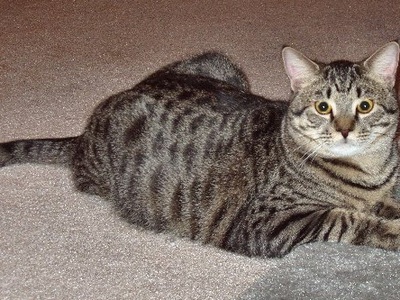
Domestic Shorthair
Mixed-breed shorthaired cats are genetically diverse, often enjoying robust health and long lifespans. Ideal for adopters seeking low hereditary risk; routine care and weight management keep them thriving indoors for many years.

Domestic Longhair
Longhaired mixed cats share the hybrid vigor of mixed ancestry and usually show low hereditary disease prevalence. Regular grooming and standard preventive care make them excellent, long-lived companions for families and single owners.

American Shorthair
A traditional, hardy breed developed for working homes, American Shorthairs are known for longevity and solid bone structure. They adapt well to family life and usually have lower rates of breed-specific genetic disease compared with many pedigrees.
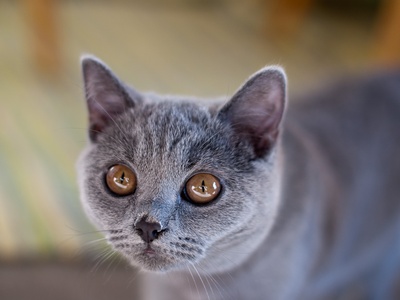
British Shorthair
Slow-maturing and sturdy, British Shorthairs are generally healthy and long-lived when kept at a healthy weight. Regular dental care and monitoring for heart disease in breeding lines are sensible precautions.
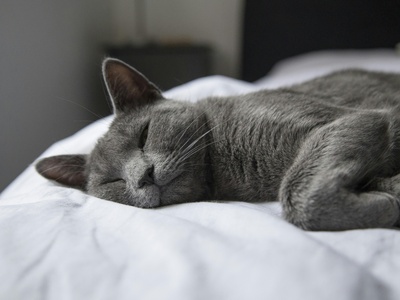
Russian Blue
Slim, muscular and famously gentle, Russian Blues tend to be long-lived with relatively few hereditary problems. They do well in calm households and benefit from dental and weight management for optimal wellness.

Chartreux
A quiet, sturdy French breed noted for longevity and a stocky, muscular build. Chartreux typically have lower hereditary disease rates; basic preventive care and dental hygiene support long healthy lives.

Norwegian Forest Cat
Built for cold climates, Norwegians are robust, active cats with generally good longevity. Responsible breeders screen for heart and joint conditions; routine veterinary checkups maintain their usually strong health.
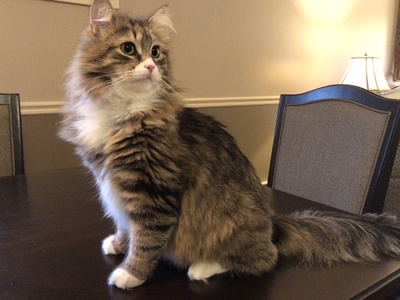
Siberian
Siberians are large, affectionate cats often praised for hardy constitutions and long lifespans. They are popular among allergy-tolerant households and typically have fewer severe hereditary disorders when sourced from reputable breeders.
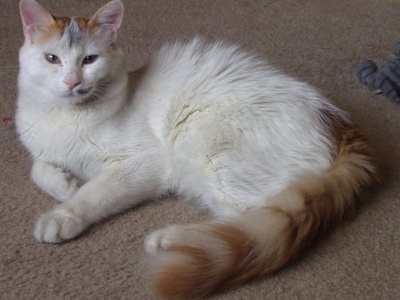
Turkish Van
Athletic and water-loving, Turkish Vans are generally healthy with good longevity. White coats with blue eyes can risk congenital deafness; basic preventive care keeps them active and long-lived.

Turkish Angora
Elegant and playful, Turkish Angoras are often robust and long-lived. Like other white-coated cats, blue-eyed individuals may carry deafness risk; routine vet care supports their typically healthy lifespan.

Japanese Bobtail
Recognizable for its bobbed tail and lively personality, the Japanese Bobtail is generally healthy and long-lived. The tail trait is usually stable when bred responsibly; owners should maintain dental and general preventive care.

Egyptian Mau
Naturally spotted and athletic, the Egyptian Mau tends to be healthy and active with good longevity. Monitoring for urinary health and routine vet care help maintain their typical robustness into older age.

Cornish Rex
With a distinctive wavy coat and athletic build, Cornish Rex cats are generally healthy and energetic. Their fine fur needs protection from cold; rare muscle disorders have been reported but are uncommon in well-managed lines.

Devon Rex
Small, affectionate and agile, Devon Rexes usually enjoy good health and long lives. Their delicate coat requires care in cooler climates and dental monitoring helps prevent common age-related problems.
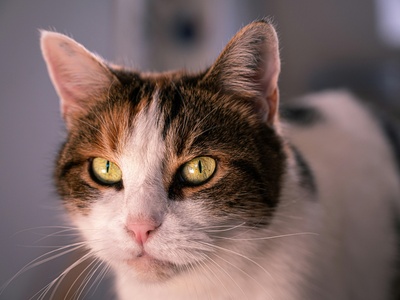
European Shorthair
A general continental landrace similar to the domestic shorthair, European Shorthairs benefit from genetic diversity and commonly show low prevalence of hereditary disease, making them sturdy, long-lived companions.

Ocicat
Bred to resemble wild spots but without wild parentage, Ocicats are active, sociable, and generally healthy. Responsible screening for heart disease and routine dental care help them reach above-average lifespans.

Havana Brown
Havana Browns are a compact, people-oriented breed often noted for good overall health and steady longevity. Standard preventive care, weight control, and dental hygiene support their typically sound constitution.

LaPerm
Known for a curly, low-shedding coat, LaPerms are generally healthy and adaptable. Coat care, routine veterinary checks, and dental maintenance are the main everyday considerations for long-term wellbeing.
